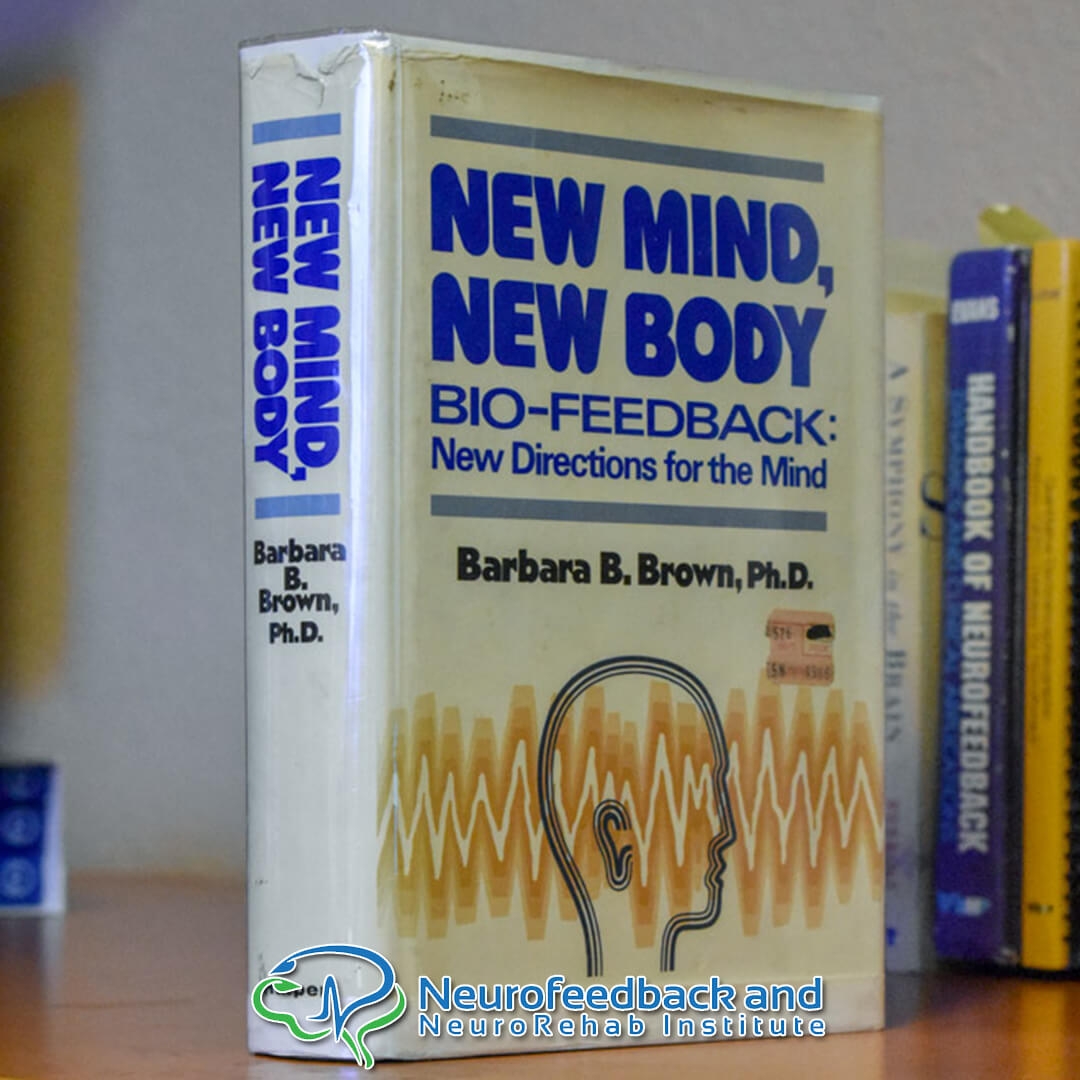

Phase synchrony analysis is a method used in neuroscience research to study the coordination and synchronization of neural activity between different brain regions. It involves analyzing the phase relationships of neural oscillations, which are rhythmic patterns of electrical activity in the brain. By examining the degree of synchrony between these oscillations in different brain regions, researchers can gain insights into how different areas of the brain communicate and coordinate their activity. This analysis can provide valuable information about the functional connectivity and integration of neural networks in the brain.
There are several methods used to measure phase synchrony between brain regions. One commonly used approach is the phase-locking value (PLV), which quantifies the consistency of phase relationships between two signals. Another method is the phase coherence, which measures the similarity of phase angles between two signals. Additionally, there are techniques such as wavelet phase coherence and phase lag index that provide more detailed information about the phase relationships across different frequency bands. These methods allow researchers to assess the strength and specificity of phase synchrony between different brain regions.
Phase synchrony analysis helps in understanding the functional connectivity between different brain regions by revealing the degree of coordination and synchronization of neural activity. It provides information about how different brain regions interact and communicate with each other, which is crucial for understanding the underlying mechanisms of cognitive processes and behaviors. By identifying patterns of phase synchrony, researchers can map out functional networks in the brain and investigate how these networks are involved in various tasks and mental states.


Yes, phase synchrony analysis can be used to study specific cognitive processes or mental states. By examining the phase synchrony patterns associated with different cognitive tasks or mental states, researchers can gain insights into the neural mechanisms underlying these processes. For example, studies have used phase synchrony analysis to investigate the neural correlates of attention, memory, perception, and consciousness. By examining the changes in phase synchrony during these processes, researchers can better understand how different brain regions work together to support specific cognitive functions.
There are potential limitations and challenges in interpreting phase synchrony analysis results. One challenge is the issue of spurious phase synchrony, which can arise due to volume conduction or common input to multiple brain regions.

Phase synchrony analysis has been particularly useful in studying various brain disorders or conditions. EEG Training For example, studies have used phase synchrony analysis to investigate alterations in brain connectivity in conditions such as epilepsy, schizophrenia, Alzheimer's disease, and Parkinson's disease. By examining the changes in phase synchrony patterns in these disorders, researchers can gain insights into the disrupted functional connectivity and network dynamics associated with these conditions. This information can potentially contribute to the development of diagnostic tools and therapeutic interventions.
Phase synchrony analysis is a valuable method for studying brain connectivity, but it is important to note that it is just one approach among many. Functional connectivity analysis, which examines the statistical dependencies between brain regions, provides complementary information about the strength and directionality of connections. Structural connectivity analysis, which investigates the anatomical connections between brain regions, offers insights into the underlying wiring of the brain. Each method has its own strengths and limitations, and combining multiple approaches can provide a more comprehensive understanding of brain connectivity and function.
Brainwave Resonance Training
Peak alpha frequency neurofeedback methods can indeed be applied in real-world cognitive settings. These methods involve training individuals to increase their peak alpha frequency, which is a measure of the dominant frequency in the alpha brainwave range. By using neurofeedback techniques, individuals can learn to modulate their brain activity and increase their peak alpha frequency. This can have a positive impact on cognitive functioning, as alpha waves are associated with relaxed and focused states of mind. In real-world cognitive settings, such as classrooms or workplaces, peak alpha frequency neurofeedback can be used to enhance attention, concentration, and overall cognitive performance. Additionally, it may also be beneficial for individuals with attention deficit hyperactivity disorder (ADHD) or other cognitive impairments. Overall, the application of peak alpha frequency neurofeedback methods in real-world cognitive settings holds great promise for improving cognitive functioning and enhancing performance.
Alpha-theta neurofeedback has been found to have a positive impact on cognitive states over time. This form of neurofeedback training involves monitoring and regulating the brain's alpha and theta waves, which are associated with relaxation and creativity, respectively. By providing real-time feedback and encouraging the brain to produce more alpha and theta waves, alpha-theta neurofeedback can help individuals achieve a state of deep relaxation and enhanced creativity. Over time, this training can lead to improvements in cognitive functioning, including increased focus, attention, and memory. Additionally, alpha-theta neurofeedback has been shown to reduce symptoms of anxiety and stress, further enhancing cognitive states.
SMR-theta training for targeted cognitive improvements employs various protocols to enhance cognitive functioning. These protocols include neurofeedback, which involves providing real-time feedback on brainwave activity to train individuals to regulate their brainwaves effectively. Additionally, cognitive training exercises are incorporated to improve specific cognitive functions such as attention, memory, and executive functioning. The training also incorporates mindfulness techniques to promote relaxation and stress reduction, which can further enhance cognitive performance. Furthermore, personalized training plans are developed based on individual needs and goals, ensuring a tailored approach to cognitive improvement. Overall, the combination of neurofeedback, cognitive training exercises, mindfulness techniques, and personalized plans make SMR-theta training a comprehensive and effective method for targeted cognitive enhancements.
Neurofeedback interventions employ a variety of strategies to achieve targeted outcomes. These strategies include the use of electroencephalography (EEG) to measure brainwave activity and provide real-time feedback to the individual. This feedback is then used to train the individual to self-regulate their brainwave patterns, with the goal of improving specific cognitive or emotional functions. Neurofeedback interventions may also incorporate other techniques such as biofeedback, mindfulness training, and cognitive-behavioral therapy to enhance the effectiveness of the intervention. The specific strategies employed in neurofeedback interventions may vary depending on the targeted outcome, but they all aim to promote self-awareness and self-regulation of brain activity for improved mental health and well-being.
The impact of EEG signal processing methods on cognitive training outcomes is significant. By utilizing advanced techniques such as time-frequency analysis, event-related potentials, and connectivity analysis, researchers are able to extract valuable information from EEG signals that can provide insights into cognitive processes. These methods allow for the identification of neural markers associated with specific cognitive functions, such as attention, memory, and executive control. This information can then be used to tailor cognitive training interventions to individual needs, leading to more effective and targeted interventions. Additionally, EEG signal processing methods can also be used to monitor the progress and effectiveness of cognitive training programs, providing real-time feedback and allowing for adjustments to be made as needed. Overall, the integration of EEG signal processing methods into cognitive training has the potential to enhance outcomes and improve our understanding of cognitive processes.
There is a wealth of literature available on brainwave training for cognitive improvement in specific populations. Numerous studies have explored the effectiveness of this approach in various groups, such as children with attention deficit hyperactivity disorder (ADHD), older adults with mild cognitive impairment (MCI), and individuals with autism spectrum disorder (ASD). These studies have examined the impact of brainwave training on cognitive functions such as attention, memory, and executive functioning. Additionally, researchers have investigated the underlying neural mechanisms of brainwave training and its potential for enhancing neuroplasticity and promoting cognitive resilience. The literature also includes reviews and meta-analyses that provide a comprehensive overview of the existing evidence and highlight the potential benefits and limitations of brainwave training in specific populations. Overall, the available literature offers valuable insights into the efficacy and applicability of brainwave training for cognitive improvement in diverse populations.
Brainwave feedback intervention is structured in a way that maximizes cognitive outcomes by utilizing a systematic approach that incorporates various techniques and strategies. The intervention typically begins with an assessment phase, where the individual's brainwave patterns are measured and analyzed to identify any areas of imbalance or dysfunction. Based on the assessment results, a personalized treatment plan is developed, which may include neurofeedback training, cognitive exercises, mindfulness practices, and lifestyle modifications. The intervention is then implemented in a structured manner, with regular sessions that gradually increase in complexity and intensity. Throughout the intervention, the individual's progress is closely monitored and adjustments are made as needed to ensure optimal cognitive outcomes. Additionally, the intervention may also involve the use of advanced technologies, such as EEG devices and computer-based programs, to provide real-time feedback and enhance the effectiveness of the intervention. Overall, the structured nature of brainwave feedback intervention allows for targeted and individualized treatment, leading to improved cognitive functioning and overall well-being.